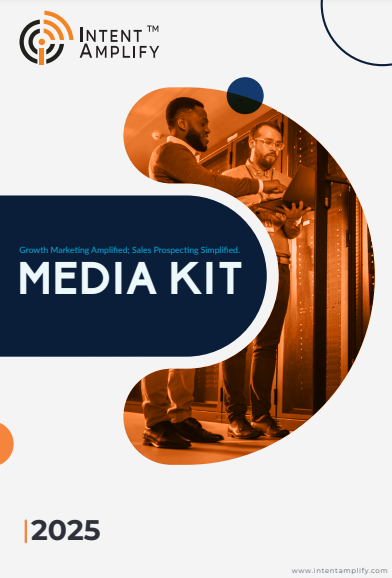
Demand Generation vs. Lead Generation: Which is Right for Your Business?
- Last updated on: June 27, 2025
Your Marketing Isn’t Broken. You Might Just Be Using the Wrong Tool First. Let’s play out a common marketing scene. You’re in your office (or on your third Zoom of the day), reviewing campaign metrics, and wondering why aren’t these leads converting? The forms are filled, the CRM is loaded, but the sales team is still chasing shadows. Sound familiar? You’re not alone. In 2025, more marketers are waking up to a hard truth: we’ve been mixing up lead gen with demand gen. They’re not the same thing. And if you’re using one when you need the other, your strategy might be setting itself up for frustration.
So, how do you know which one your business needs? Or how to blend both without blowing your budget?
Let’s break it down – with clarity, a dash of humor, and zero jargon.
Wait… Aren’t Demand Gen and Lead Gen the Same?.
- Demand Generation is like going out, meeting people, and building a connection. It’s slow, deliberate, and based on earning trust.
- Lead Generation is like asking someone out on a date and getting their number.
One is about creating interest, the other is about capturing intent.
In real terms:
- Demand gen focuses on brand awareness, trust-building, and long-term education. It’s when people binge your blogs or hear your podcast but aren’t ready to buy yet.
- Lead gen kicks in once there’s interest. You’re asking for info, offering gated content, or booking a call.
Both matter. But they don’t work well in isolation.
Real Example: When Great Lead Gen Falls Flat
Let’s say you’re leading marketing at a new AI security platform. You’ve got smart whitepapers, gated webinars, and lead magnets galore. You run ads, get 1,000 form fills, and pass them to sales.
But conversions? Just a trickle.
Why? Your audience doesn’t know you yet.
They downloaded the report, sure, but only because they were curious. There’s no trust, no familiarity. Sales is chasing ghosts.
Now, flip that.
You invest in demand gen first – LinkedIn videos, ungated demos, thought leadership content, maybe even a guest article. Suddenly, your brand is top-of-mind.
So when someone does fill out a form, they’re already halfway sold.
It’s not magic. It’s just good sequencing.
What Exactly Is Demand Generation, Then?
Glad you asked.
Demand generation is the strategy of creating market interest before someone is ready to buy. It’s brand-building without the hard sell. You’re educating, entertaining, and building trust.
Some real demand gen moves in 2025:
- Ungated, high-value content (like this article see what we did there?)
- LinkedIn thought leadership (people still love carousels)
- Hosting on community-driven platforms.
- Podcast guest appearances
- Interactive tools like ROI calculators or diagnostic quizzes
According to Forrester’s 2025 B2B Buyer Study, 62% of enterprise buyers consume 7+ content pieces before contacting a vendor. And no, gated PDFs don’t count as seven.
The payoff? Better quality leads, lower CAC (customer acquisition cost), and stronger brand recall.
Lead Generation: Targeted, Tactical, Immediate
While demand gen plays the long game, lead generation focuses on now. It’s all about collecting prospect information – names, emails, roles so you can move them down the funnel.
Typical lead gen tactics include:
- Gated content (eBooks, guides)
- Demo and trial signups
- Webinars with post-event CTAs
- LinkedIn Lead Gen Forms
- Email drip campaigns based on behavior
According to the 2025 HubSpot Marketing Report, companies using personalized lead gen flows see 1.5x higher conversion rates. But here’s the kicker: it only works well when the audience already trusts you.
Trying to force lead gen without demand gen is like proposing on the first date. Awkward. And usually ineffective.
So, Should You Focus on Demand Gen or Lead Gen?
That’s like asking: Should I plant the seeds or harvest the crop?
You need both. But timing matters.
Go Demand Gen First If:
- You’re entering a new market
- Your product is unfamiliar or needs explanation
- Your site traffic is low
- You want long-term growth and pipeline predictability
Lead Gen Makes Sense When:
- You have brand awareness and engagement already
- Sales needs qualified conversations now
- You’re launching an offer with a short buying cycle
- You have strong nurture journeys in place
The most successful teams in 2025 combine both in one seamless loop. They create value with demand gen, then capture it with lead gen.
And they use intent data to time it perfectly.
How the Best Teams Combine Demand and Lead Gen
Here’s a sneak peek at what top-performing revenue teams are doing this year:
- Use platforms like 6sense or Demandbase to identify accounts showing early buying signals.
- Serve those accounts ungated, high-value content first (videos, tools, success stories).
- When intent spikes, switch to lead gen tactics, custom landing pages, demo CTAs,and account-specific ads.
- Nurture with relevance: email flows tied to behaviors, not just time.
The result? According to 6sense’s 2025 State of Predictable Pipeline, companies using integrated demand and lead workflows saw a 40% increase in deal velocity.
That’s not just faster, it’s smarter.
Key Takeaways: Read This Before Your Next Campaign
- Demand gen = awareness and trust. Lead gen = action and data.
- Don’t ask for a lead before you’ve earned attention.
- Demand gen isn’t fluff – it’s your brand’s insurance policy in a noisy market.
- Lead gen without qualification clogs your funnel and wastes SDR time.
- The most successful marketers earn the lead, not just collect it.
So next time you’re building a campaign, ask yourself: Are we being helpful, or are we just being greedy for emails?
FAQs: Demand Gen vs Lead Gen in 2025
- Is demand generation slower than lead generation?
Yes, but it’s also more sustainable. Demand gen takes time to build brand equity and trust. But once it kicks in, your leads cost less and convert faster. - How do I know if my demand gen is working?
Track metrics like branded search growth, direct traffic, time-on-site, and content engagement. Also, monitor the influenced pipeline and assisted conversions in your CRM. - Can I automate lead generation without losing personalization?
Absolutely. Tools like HubSpot and Autopilot help personalize at scale based on behavior, industry, and stage. - Should I gate content or keep it open?
Use a mix. Keep awareness-stage content ungated (like blogs, videos), and reserve gating for high-intent assets like templates, calculators, or product comparisons. - What’s the best KPI to track for each?
- Demand Gen: Branded search volume, engagement rates, video views, thought leadership reach.
- Lead Gen: Conversion rate, MQL to SQL ratio, cost per lead, lead velocity.




